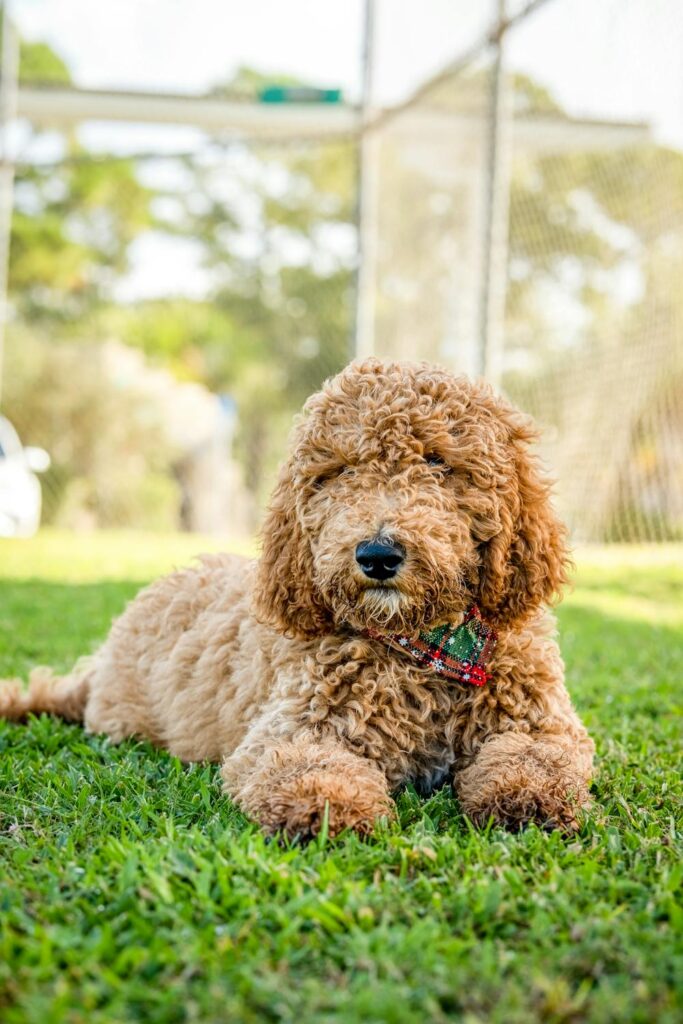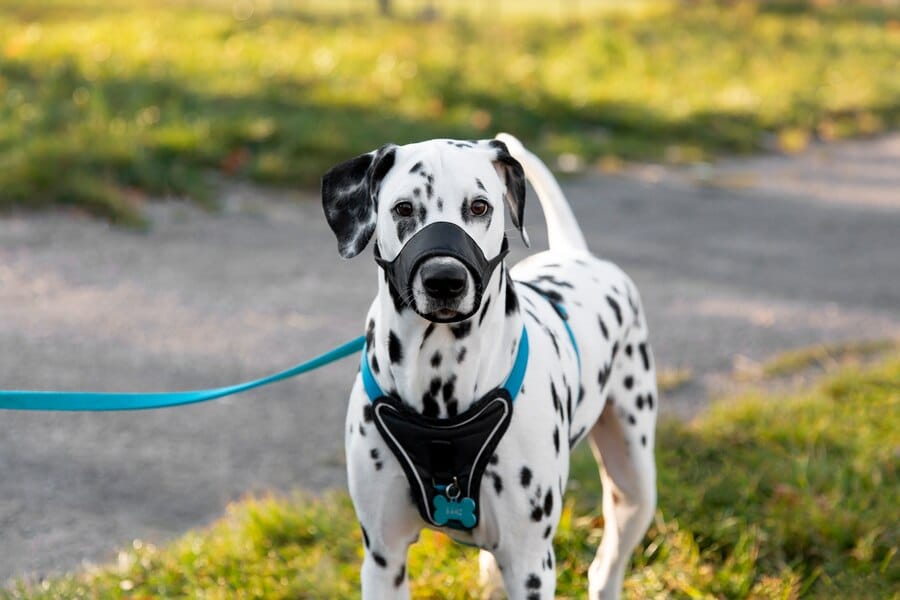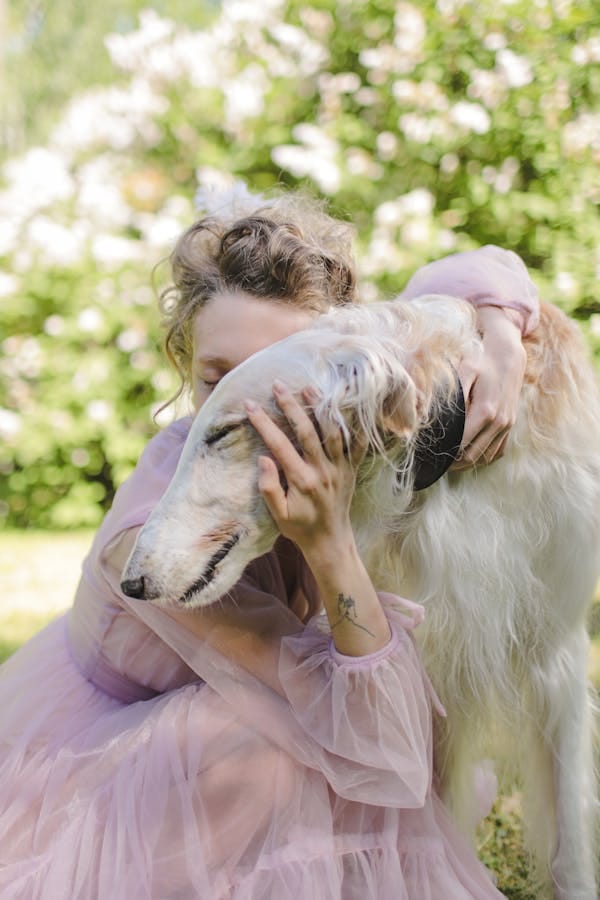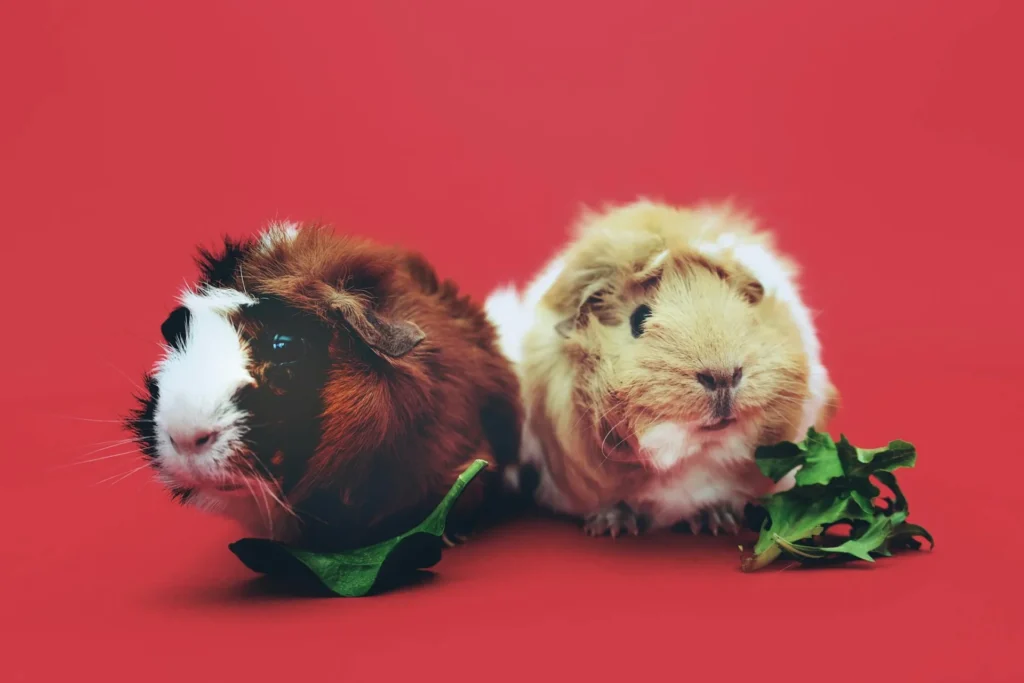- Understanding Poodle Vocalizations: Crying vs. Whining
- Why Do Poodles Cry or Whine?
- When Do Poodles Typically Cry or Whine?
- How to Stop a Poodle from Crying or Whining
- Poodle Crying in Crate: Special Considerations
- Do Poodles Cry Tears?
- Emotional and Physical Effects of Crying and Whining
- When Is Poodle Crying or Whining Serious?
- Poodle Varieties and Crying Behavior
- Age-Related Crying and Whining in Poodles
- Training Tips to Reduce Excessive Crying and Whining
- The Role of Exercise in Reducing Crying and Whining
- Nutrition and Poodle Vocalizations
- Environmental Factors Affecting Poodle Vocalizations
- Health Conditions That May Cause Increased Vocalization
- The Impact of Socialization on Poodle Vocalizations
- Poodle Communication: Beyond Crying and Whining
- Conclusion: Embracing Your Poodle’s Voice
Poodles are known for their intelligence, elegance, and expressive nature. As a poodle owner, you might sometimes find yourself wondering, “Why is my poodle crying?” This comprehensive guide will explore the world of poodle vocalizations, focusing on crying and whining behaviors. We’ll dive into the causes, solutions, and implications of these sounds, helping you better understand and care for your furry friend.
Understanding Poodle Vocalizations: Crying vs. Whining
Before we delve deeper, let’s clarify the difference between crying and whining in poodles.
Crying in Poodles
Poodles don’t cry tears like humans do. When we talk about a poodle “crying,” we’re usually referring to a high-pitched vocalization that sounds similar to human crying. This can range from soft whimpers to louder, more insistent sounds.
Whining in Poodles
Whining is a softer, more persistent sound that poodles make. It’s often lower in pitch than crying and can vary in intensity. Poodles may whine for extended periods, unlike the often shorter bursts of “crying.”
| Vocalization | Sound Description | Duration | Typical Causes |
|---|---|---|---|
| Crying | High-pitched, similar to human crying | Usually short bursts | Pain, extreme distress, seeking attention |
| Whining | Softer, more persistent | Can be prolonged | Anxiety, want or need, communication |
Why Do Poodles Cry or Whine?
Poodles cry or whine for various reasons. Understanding these can help you address your poodle’s needs more effectively.
- Attention-seeking: Poodles are intelligent and social. They may cry or whine to get your attention if they feel ignored.
- Anxiety or fear: New environments, loud noises, or separation from owners can trigger anxious vocalizations.
- Pain or discomfort: If your poodle is hurt or feeling unwell, they might cry to communicate their distress.
- Hunger or thirst: Basic needs like food and water can prompt whining, especially if meals are delayed.
- Need to go outside: Poodles often whine when they need to relieve themselves.
- Boredom: A lack of mental or physical stimulation can lead to vocalization.
- Excitement: Some poodles whine when they’re happy or excited, like during playtime or when greeting their owners.
When Do Poodles Typically Cry or Whine?
Understanding the timing of your poodle’s vocalizations can provide clues about the cause:
- During the night: Often related to anxiety, need to go outside, or seeking attention.
- When left alone: May indicate separation anxiety.
- Before meals: Likely hunger-related.
- During thunderstorms or fireworks: Fear response to loud noises.
- When seeing other dogs or people: Could be excitement or anxiety.
- In the car: Motion sickness or travel anxiety.
How to Stop a Poodle from Crying or Whining
Addressing your poodle’s crying or whining involves identifying the cause and responding appropriately. Here are some strategies:
- Rule out medical issues: Always consult a vet to ensure there’s no underlying health problem causing the behavior.
- Establish a routine: Regular feeding, walking, and playtimes can reduce anxiety and attention-seeking behaviors.
- Provide mental stimulation: Puzzle toys, training sessions, and interactive play can prevent boredom.
- Use positive reinforcement: Reward quiet behavior and avoid reinforcing crying or whining with attention.
- Address separation anxiety: Gradually accustom your poodle to being alone, starting with short periods.
- Create a safe space: A comfortable crate or bed can provide security during stressful times.
- Consider professional help: A dog behaviorist can offer tailored advice for persistent issues.
Poodle Crying in Crate: Special Considerations
Crate training is common for poodles, but it can sometimes lead to crying or whining. Here’s how to address this:
- Gradual introduction: Make the crate a positive space by introducing it slowly with treats and toys.
- Comfortable setup: Ensure the crate is the right size and has comfortable bedding.
- Short sessions: Start with short periods in the crate, gradually increasing duration.
- Ignore crying: Once you’re sure all needs are met, avoid responding to crying in the crate to prevent reinforcing the behavior.
- Crate placement: Position the crate where your poodle can see family activities to reduce isolation.
Do Poodles Cry Tears?
While poodles don’t cry emotional tears like humans, they can produce tears for physiological reasons. Here’s what you need to know:
- Normal tearing: Poodles, like all dogs, produce tears to keep their eyes lubricated and clean.
- Excessive tearing: Known as epiphora, this can be a sign of eye irritation, infection, or blockage of the tear ducts.
- “Tear stains”: Poodles, especially lighter-colored ones, may show reddish-brown staining under their eyes from normal tearing.
If you notice excessive tearing or discoloration around your poodle’s eyes, consult a veterinarian to rule out any eye health issues.
Emotional and Physical Effects of Crying and Whining
Persistent crying or whining can have both short-term and long-term effects on your poodle:
Short-term effects:
- Increased stress and anxiety
- Dehydration from excessive vocalization
- Fatigue from lack of rest
- Potential throat irritation
Long-term effects:
- Chronic stress leading to health issues
- Behavioral problems
- Weakened bond with owners
- Potential for developing compulsive behaviors
When Is Poodle Crying or Whining Serious?
While some crying or whining is normal, there are times when it may indicate a serious problem:
- Sudden onset: If the behavior starts abruptly, it could signal pain or illness.
- Accompanied by other symptoms: Watch for changes in appetite, energy levels, or bathroom habits.
- Excessive duration: Prolonged periods of crying or whining that are out of character for your poodle.
- Unable to be consoled: If your usually responsive poodle doesn’t calm with attention, it may indicate distress.
- Age-related changes: Increased vocalization in senior poodles could be a sign of cognitive decline.
Always consult a veterinarian if you’re concerned about your poodle’s vocalizations.
Poodle Varieties and Crying Behavior
Different poodle varieties may exhibit slightly different tendencies when it comes to vocalization. Here’s a general comparison:
| Variety | Size | Tendency to Vocalize | Common Reasons |
|---|---|---|---|
| Standard | Large | Moderate | Alerting, excitement |
| Miniature | Medium | Higher | Attention-seeking, anxiety |
| Toy | Small | Highest | Fear, excitement, attention-seeking |
Remember, individual personality plays a significant role in vocalization tendencies, regardless of size.
Age-Related Crying and Whining in Poodles
Poodles may cry or whine differently at various life stages:
- Puppies: More frequent crying, often due to adjustment, teething, or basic needs.
- Adolescents: May whine out of frustration or excess energy.
- Adults: Generally more settled, but may vocalize due to established habits or specific triggers.
- Seniors: Might cry more due to discomfort, confusion, or age-related anxiety.
Training Tips to Reduce Excessive Crying and Whining
Consistent training can help manage your poodle’s vocalizations:
- Teach the “quiet” command: Reward your poodle for stopping vocalizations on cue.
- Practice alone time: Gradually increase the duration your poodle spends alone to build confidence.
- Desensitization: Expose your poodle to triggering stimuli in a controlled way to reduce reactivity.
- Redirect attention: Teach your poodle to engage in alternative behaviors when they feel the urge to vocalize.
- Consistency is key: Ensure all family members follow the same rules to avoid confusion.
The Role of Exercise in Reducing Crying and Whining
A well-exercised poodle is often a quieter poodle. Here’s why:
- Physical outlet: Regular exercise burns excess energy that might otherwise be expressed through vocalization.
- Mental stimulation: Walks and play provide sensory input, reducing boredom-related whining.
- Bonding time: Exercise with you strengthens your relationship, potentially reducing anxiety-related vocalizations.
- Routine: Regular exercise contributes to a stable routine, which can reduce overall anxiety.
Aim for at least 30-60 minutes of exercise daily, adjusted for your poodle’s age, size, and health status.
Nutrition and Poodle Vocalizations
Believe it or not, diet can influence your poodle’s tendency to cry or whine:
- Balanced nutrition: A well-balanced diet ensures your poodle feels satisfied and healthy, potentially reducing hunger-related whining.
- Feeding schedule: Consistent meal times can reduce food-related anxiety and begging behaviors.
- Food sensitivities: Some poodles may vocalize more if they’re experiencing discomfort from food allergies or sensitivities.
- Hydration: Ensure fresh water is always available to prevent thirst-related whining.
Environmental Factors Affecting Poodle Vocalizations
Your poodle’s environment plays a crucial role in their behavior:
- Noise levels: High-traffic areas or noisy households may increase anxiety-related vocalizations.
- Temperature: Extreme heat or cold can cause discomfort, leading to whining.
- Space: Adequate space for exercise and play can reduce frustration-related behaviors.
- Stimulation: An enriched environment with toys and activities can prevent boredom-induced whining.
- Social interaction: Regular positive interactions with people and other dogs can satisfy your poodle’s social needs.
Health Conditions That May Cause Increased Vocalization
Sometimes, excessive crying or whining can be a sign of underlying health issues:
- Chronic pain: Conditions like arthritis or dental problems can cause ongoing discomfort.
- Cognitive dysfunction: Older poodles may vocalize more due to confusion or anxiety related to cognitive decline.
- Hormonal imbalances: Conditions like hypothyroidism can affect behavior and vocalization patterns.
- Neurological issues: Certain neurological conditions can lead to increased vocalization.
- Sensory decline: Loss of vision or hearing may cause anxiety and increased vocalization.
Always consult with a veterinarian if you suspect a health issue is causing your poodle’s crying or whining.
The Impact of Socialization on Poodle Vocalizations
Proper socialization can significantly influence your poodle’s tendency to vocalize:
- Early experiences: Poodles well-socialized as puppies tend to be more confident and less prone to anxiety-related vocalizations.
- Ongoing socialization: Regular positive interactions with various people, animals, and environments can reduce fear-based crying or whining.
- Social confidence: Well-socialized poodles are often more adaptable to new situations, reducing stress-related vocalizations.
Poodle Communication: Beyond Crying and Whining
While this article focuses on crying and whining, it’s important to understand that poodles communicate in many ways:
- Barking: Can indicate alertness, excitement, or warning.
- Body language: Tail position, ear movements, and posture all convey information.
- Facial expressions: Poodles are expressive and can communicate a lot through their faces.
- Physical contact: Leaning, pawing, or nudging are ways poodles seek attention or express affection.
Understanding these various forms of communication can help you better interpret your poodle’s needs and reduce unnecessary vocalization.
Conclusion: Embracing Your Poodle’s Voice
Crying and whining are normal parts of poodle communication, but excessive vocalization can be challenging for both dogs and owners. By understanding the causes, implementing appropriate training techniques, and ensuring your poodle’s physical and emotional needs are met, you can create a harmonious living environment.
Remember, every poodle is unique. What works for one may not work for another. Patience, consistency, and love are key to helping your poodle find their indoor voice. If you’re ever in doubt about your poodle’s vocalizations, don’t hesitate to consult with a professional dog trainer or your veterinarian.
Your poodle’s voice is just one of the many ways they express their clever, sensitive nature. With understanding and proper care, you can enjoy a rich, rewarding relationship with your vocal velvet-eared friend.
Additional Reading:
You must check this out too: Understanding and Addressing Poodle Pain: When Crying Signals Discomfort































